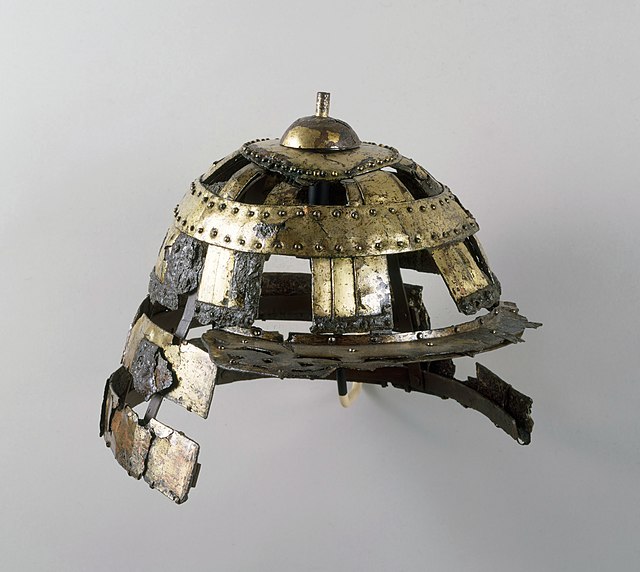Ashigaru were infantry employed by the samurai class of feudal Japan. The first known reference to ashigaru was in the 14th century, but it was during the Ashikaga shogunate that the use of ashigaru became prevalent by various warring factions.
Ashigaru wearing armor and jingasa firing tanegashima (Japanese matchlocks)
A group of re-enactors dressed as ashigaru for a parade, as part of the re-enactment of the Battle of Sekigahara
Edo period print of ashigaru wearing mino (straw raincoats) in the rain while firing tanegashima (Japanese matchlocks)
Edo-period single-piece breastplate hara-ate dō. Lacquered iron plates with cloth back strap.
Samurai were the hereditary military nobility and officer caste of medieval and early-modern Japan from the late 12th century until their abolition in the late 1870s during the Meiji era. They were the well-paid retainers of the daimyo, the great feudal landholders. They had high prestige and special privileges.
A samurai in his armour in the 1860s. Hand-colored photograph by Felice Beato
A Kofun period helmet, gilt copper, 5th century, Ise Province
In the noh drama Sanjō Kokaji, the 10th-century blacksmith Munechika, aided by a kitsune (fox spirit), forges the tachi (samurai sword) Ko-Gitsune Maru.
Taira no Masakado attacking an opponent on horseback (Yoshitoshi)








